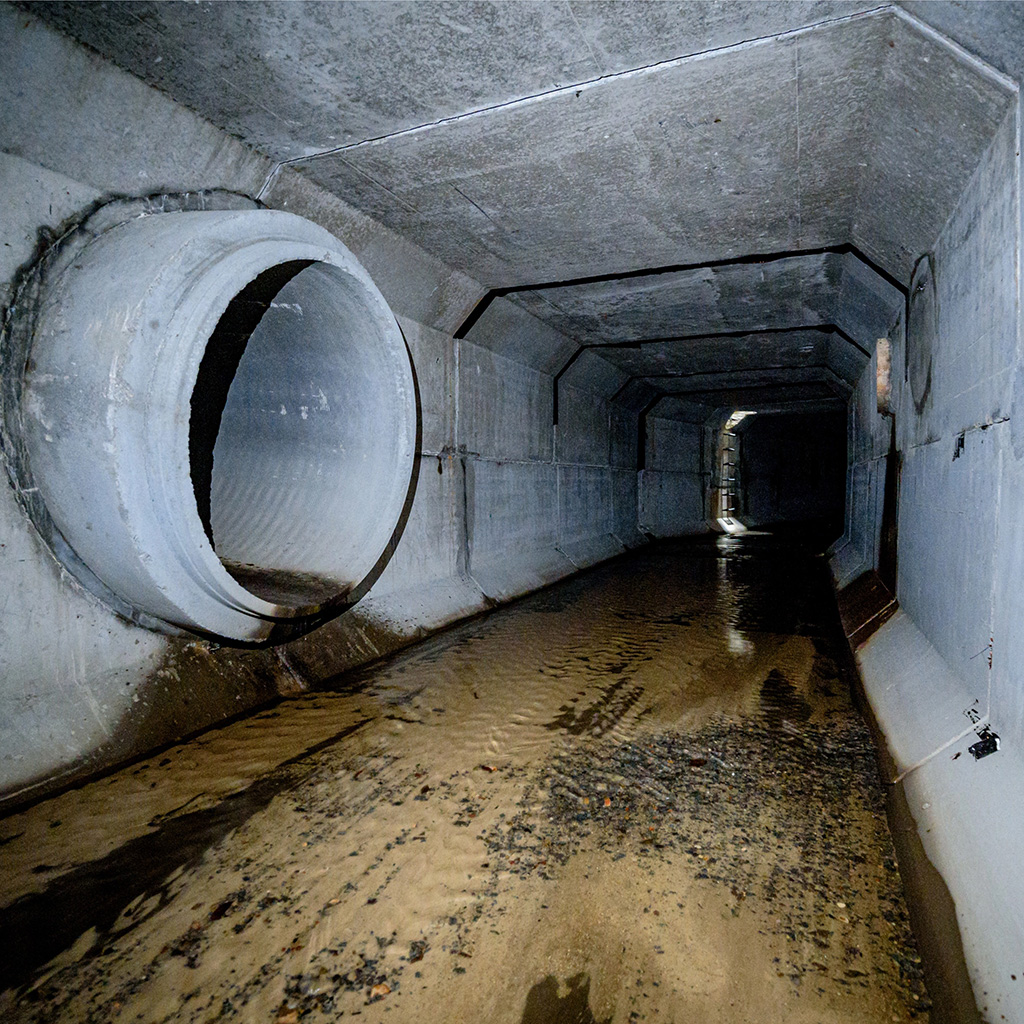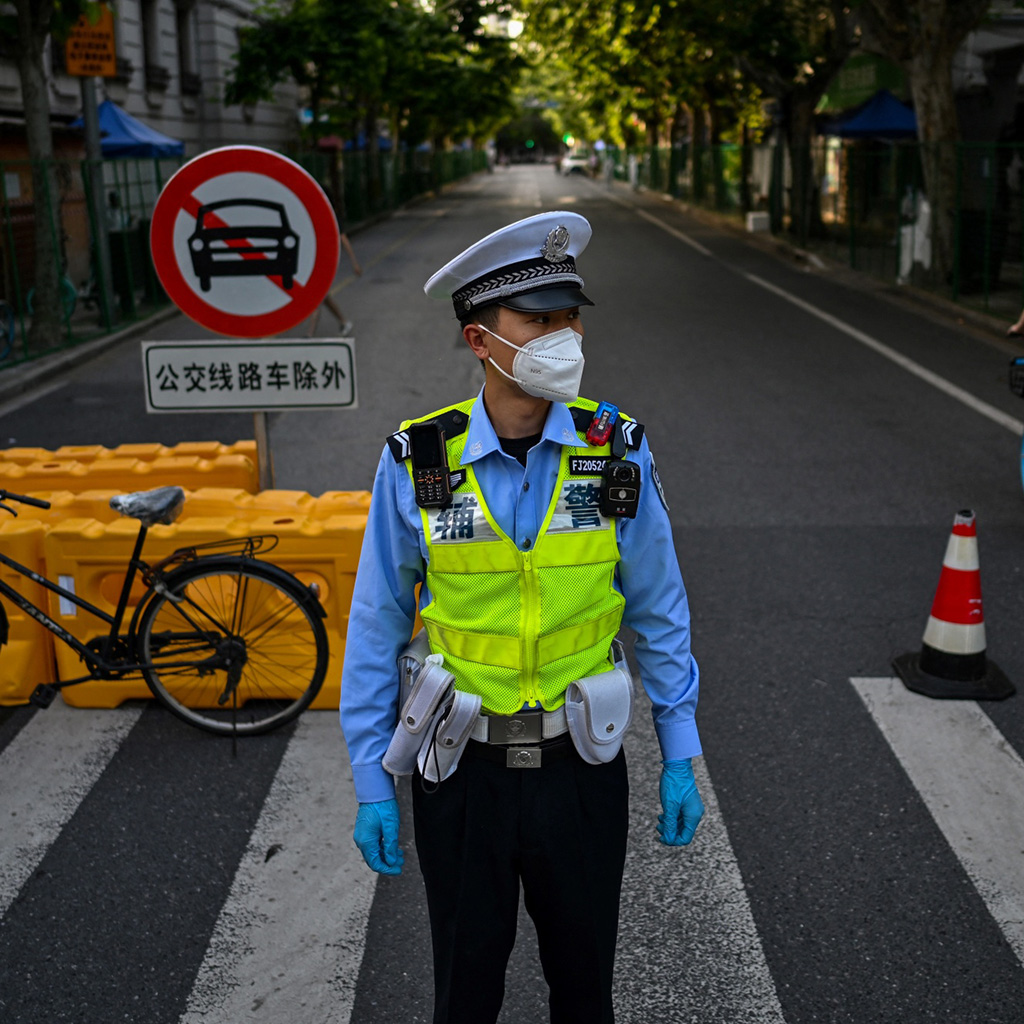Narrative

Cholera in Soho, London
The TRACENet initiative stands in the tradition of water pollution tracking and introduced pionneering advancements in the area of health monitoring. We may refer to John Snow’s successful and famous identification of cholera clusters and contamination sources in 1854 London, demonstrating the relationship between wastewater pollution and disease spread. The maps drawn on this occasion remain a universal reference in urban epidemiology. Mention may also be made of poliomyelitis detection and mapping in 1939 Philadelphia, among other examples.

WWTP as an observation system
Recently, WasteWater Treatment Plants have become central facilities for population health surveillance. Epidemiological monitoring now goes beyond the limits of classical wastewater quality assessment, initially aimed at controlling the effectiveness of depollution. Wastewater-based epidemiology developed in accordance with new legal regulations imposing to monitor sewerage inlets rather than treatment plant outlets. TRACEnet is able to boost the spatial accuracy of these observation systems, thus stepping up performance to a higher level.

SARS-CoV-2 pandemic outbreak
Addressing the challenge of Covid-19 during the worldwide pandemic implied developing innovative solutions. The crisis has been particulary accute in urban areas because of close human interactions guided by geographical overcrowding. The lockdown strategy produced major detrimental and costly effects. Identifying early clusters was one way to limit these harmful outcomes. We devoted our energy to identifying disease clusters through two research initiatives (a) Post-lockdown detection of SARS-CoV-2 RNA in the wastewater of Montpellier, France and (b) Clustering and mapping the first COVID-19 outbreak in France.
See more articles
The burden of pandemics
The Covid-19 pandemic was mostly addressed through non-geographical solutions. Blind lockdowns and global movement restrictions impacted entire territories and communities without any discrimination. This drastically increased the human and financial costs related to the crisis response. Through its ability to identify clusters, TRACEnet provides a spatial answer and discriminates between contaminated and safe places, thus significantly reducing the burden of pandemic management.

SmartCity monitoring
With most people living in cities, most governments nowadays embrace the environmental, financial, social, and health development challenges. Local authorities and key decision makers need to manage technology, communication and data, to improve health security for all members of society. The operation implies engaging different stakeholders and breaking down silos. IoT and artificial intelligence are among the practical resources to be mobilized. TRACEnet is part of this dynamic and aims to help professionals to respond to this demand. The process also entails meeting personal data protection requirements.

Tracing people, or viruses?
Most strategies developped during pandemics aim at tracing and identifying sick people to quarantine confirmed cases. This is usually achieved through patient monitoring and interpersonal contact tracking. The early identification of infected people enables a quick medical response to emergency situations. However, this produces many antagonistic effects, mostly related to privacy protection, data confidentiality and disclosure control. TRACEnet promotes efficient wastewater surveillance and cluster identification without using any personal data. We trace locations back, not people. Information remains end-to-end anonymous.






